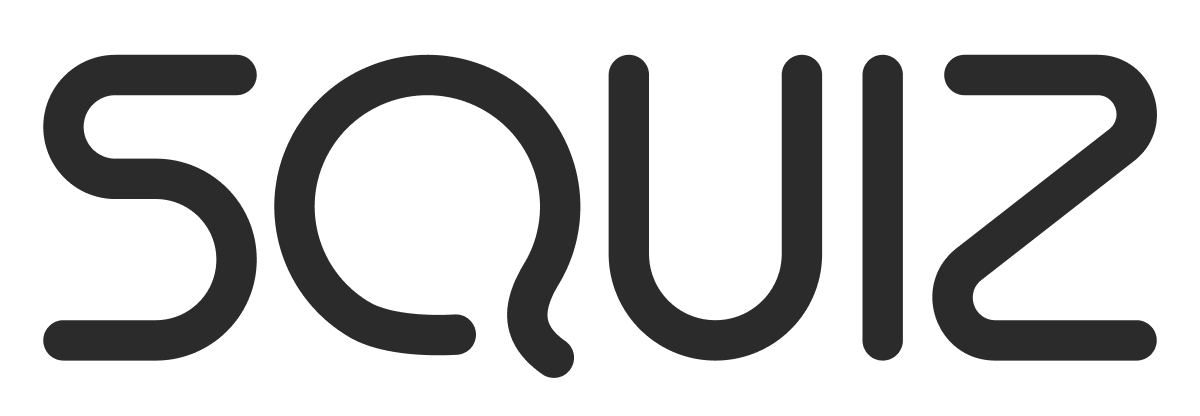We just recently moved our Matrix installation over to cloud hosting. Doing this means we no longer host our own Matrix server on-campus, which also means our LDAP Bridge no longer works.
What is the process of connecting the LDAP Bridge from an external server like we are now using? Would we just need to have our AD ip visible outside our internal network and then just use that as the Host in the Bridge?
** I realize these are kind of no-brainer questions, but when it comes to LDAP and AD I am clueless, and I just want to give our other IT admins a head start if there are suggestions here.
